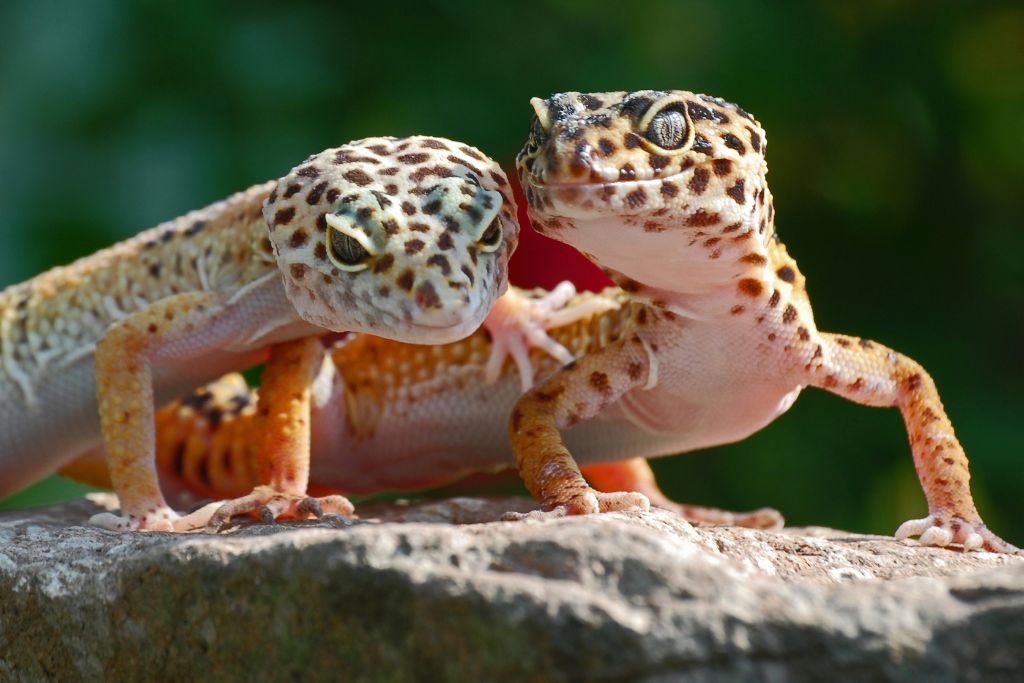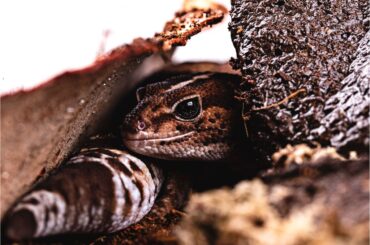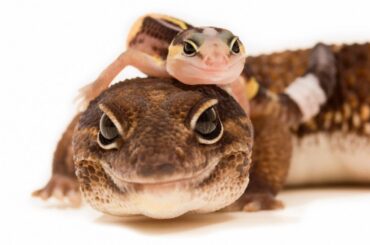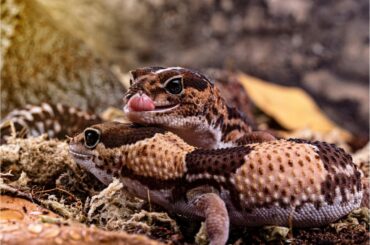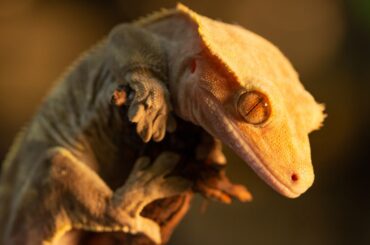Is your leopard gecko feeling lonely? Have you ever wondered if these fascinating creatures can share a space like roommates? What are the ins and outs of cohabitating leopard geckos? You’ve got questions, and we’ve got answers.
Leopard geckos have gained immense popularity as pets. People love them for their striking colors, expressive eyes, and uncomplicated care requirements. They’re almost the ideal reptile companion for both newcomers and experienced herpetologists.
Yet, intriguing scenarios arise when you spot more than one leopard gecko hanging out in the same vicinity in the wild or at a pet store. This leads to an interesting question that many owners consider: can leopard geckos live together in the same enclosure?
Stick around as we dive deep into this topic and offer insights that could reshape your gecko habitat.
The Natural Instincts of Leopard Geckos
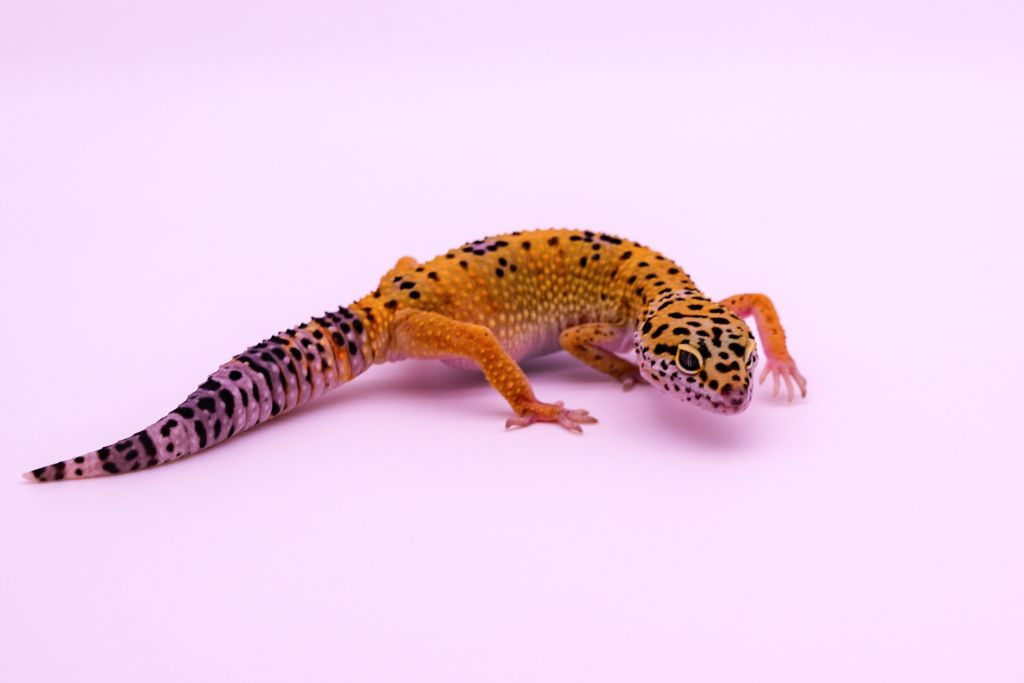
Leopard geckos like their space; that’s just their nature. They usually prefer to roam alone in the wild, claiming territories they can call their own. You’ll often find them in rocky deserts that lend themselves to something other than group living.
The rocky desert habitat shaped their solitary ways over time. It’s not exactly a social hangout spot. Resources like food and hiding places are limited, so sharing doesn’t top the gecko’s to-do list. Evolution taught them to fend for themselves.
Don’t think a cozy tank changes their mindset completely. They may be in your living room now, but their urge to compete sticks around. Food, basking spots, hiding areas—you’ll see them jostling for these essentials. Their territorial instincts survive, even behind glass.
Keeping Leopard Geckos Together: Pros and Cons
Are you contemplating a second leopard gecko? It’s a big step, and it comes with its own set of advantages and challenges. Let’s delve into the pros and cons to help you make an informed decision.
Benefits of Keeping Two Leopard Geckos Together
Adding another gecko could be exciting, but what’s in it for your reptilian pals? Here are some potential benefits:
- Social Stimulation: While generally solitary, some leopard geckos might enjoy occasional interaction, breaking the monotony.
- Shared Heat Source: In a spacious enclosure, two geckos can benefit from the same heat lamp, making the habitat more energy-efficient.
- Easier Breeding: If you’re interested in breeding leopard geckos, having two in the same enclosure could simplify the process.
Potential Risks of Keeping Two Leopard Geckos Together
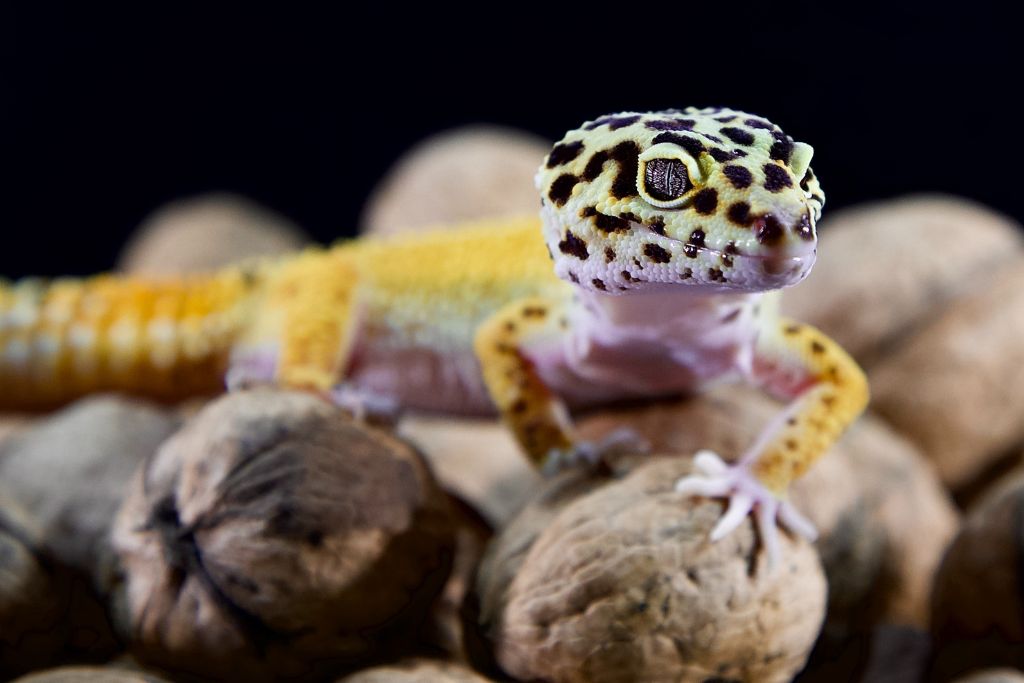
Thinking about doubling your gecko count? Hold on. Here are some downsides to consider:
- Territorial Conflicts: Remember, leopard geckos are naturally territorial. Sharing a space might lead to stress or even physical confrontations.
- Resource Competition: Both will want the best basking spots and first dibs on food, leading to potential conflict.
- Disease Spread: If one gecko falls ill, the other is at high risk of catching the same illness.
- Gender Issues: A male and a female might breed too frequently, causing stress to the female, while two males are more likely to fight.
Cohabitation and Gender Dynamics
The idea of cohabiting leopard geckos often boils down to gender dynamics. Understanding the roles of gender can help you make better decisions for your pet’s living arrangements.
Can 2 Female Leopard Geckos Live Together?
Thinking of housing two female leopard geckos together? It’s generally safer than mixing males but still demands careful attention. Females are less likely to fight each other aggressively, making cohabitation a bit easier.
However, conflicts can still erupt over who gets the best hiding spot or first dibs on food. It’s essential to keep an eye on their behavior. Any signs of stress or aggression mean it’s time for separate living spaces.
Can 2 Male Leopard Geckos Live Together?
Thinking of putting two male leopard geckos in the same enclosure? Better think twice. Males are hardwired to be territorial and will compete fiercely for resources. The close confines of a shared space often result in skirmishes, which isn’t a pretty sight.
When males fight, they don’t hold back. Tail bites, stress, and even severe injuries can happen. In extreme cases, these conflicts might lead to the death of one of the geckos. It’s a risk not worth taking. Separate enclosures for male leopard geckos are the safest option.
The Exception: Cohabiting for Breeding
Breeding season is the sole occasion when you should house a male and female leopard gecko together. During this time, compatibility is critical, so make sure you introduce the pair carefully. Cautiously monitor their interactions to ensure they get along well enough for successful mating.
Once mating has occurred, putting them back in their respective enclosures is crucial. The female needs space to comfortably lay her eggs and focus on her health. Extended cohabitation can lead to frequent breeding attempts, which puts undue stress on the female and could potentially harm her.
In addition to stress, the female may require specific nutrients and conditions for a successful pregnancy. Individual enclosures allow you to cater to these needs more precisely. From adjusting temperature gradients to providing special diets, separating them makes it easier to control the environment and ensure the well-being of both geckos.
It’s also worth mentioning that the male gecko’s persistent mating behavior can lead to physical wear and tear on the female. For the health and safety of both animals, post-mating separation isn’t just recommended; it’s practically essential.
Addressing Loneliness Concerns
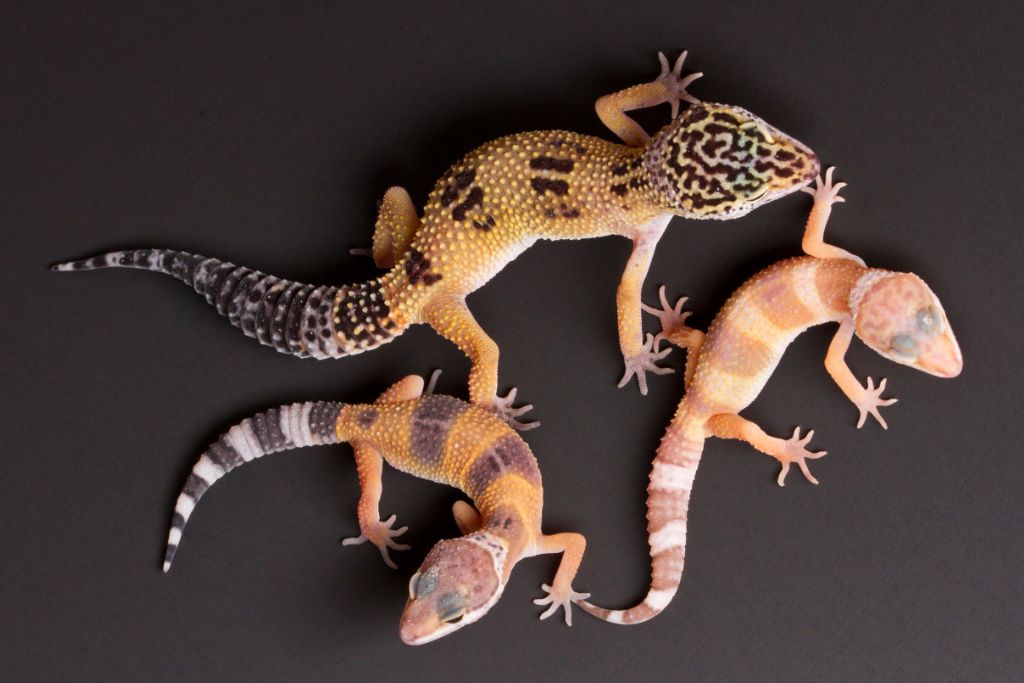
Looking at your lone leopard gecko might stir up emotions. Do they feel lonely in that big enclosure all by themselves? This sentiment is quite understandable; as humans, we’re hardwired to seek companionship and often project those feelings onto our pets.
However, it’s important to remember that leopard geckos don’t experience loneliness in the way that humans do. These reptiles are crepuscular – mostly active during dawn and dusk – and their solitary nature is well-suited for this lifestyle. Their primary concerns are usually eating, hiding, or basking, not socializing.
You might also consider that leopard geckos in the wild lead solitary lives, for the most part. They’re not pack animals; they don’t form social groups. They are territorial creatures who are more inclined to view another gecko as a competitor for resources rather than a potential friend.
While you might feel sorry for your single gecko, your pet doesn’t share those feelings. Leopard geckos are built to thrive on their own. So, the next time you think your gecko looks lonely, remember that they’re living life on their terms, precisely as nature intended.
Final Thoughts
When it comes to leopard geckos, thinking about cohabitation is a big deal. The well-being of these creatures should be your top priority. Don’t rush the decision.
Each setup, whether it’s single, female pairs, or breeding pairs. comes with its pros and cons. Knowing what you’re getting into helps ensure a happy and stress-free life for your scaly friends.
FAQs
Can a Male and Female Leopard Gecko Live Together?
Yes, but only for breeding. Separate them afterward to ensure the female’s well-being.
Can You House Leopard Geckos Together?
It’s risky and not generally advised unless it’s a male and female pair for breeding purposes.
How Many Leopard Geckos Can Live Together?
Keeping more than two together is not recommended due to territorial and competitive behaviors.
Do Leopard Geckos Get Lonely?
No, leopard geckos are solitary by nature and don’t experience loneliness like humans do.
What Happens if Male Leopard Geckos Live Together?
Conflict and injuries are likely to happen when male leopard geckos live together, as male leopard geckos are territorial and will fight over resources. It’s strongly discouraged to house them together.

